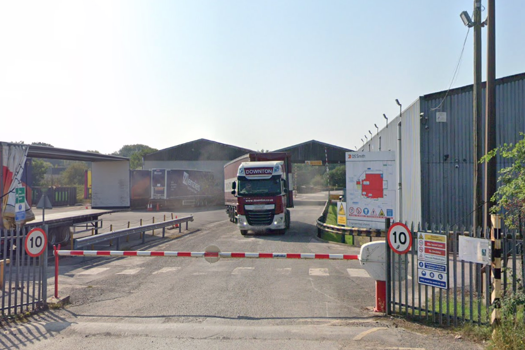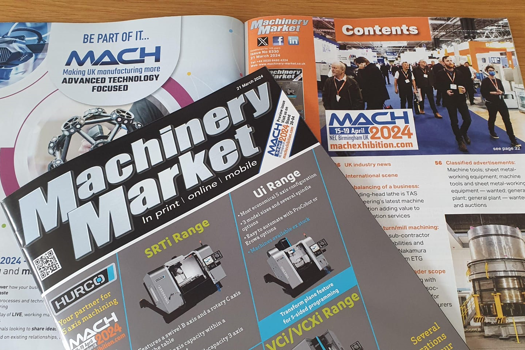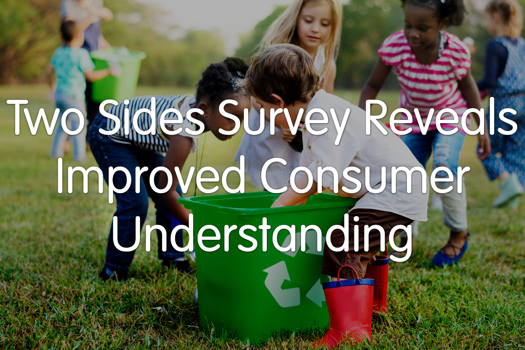In a wide-ranging interview, Perez opined that much of what Kodak has gone through over the past few years has all been part of a painful but necessary transition from a consumer-facing to a B2B company.
Perez stressed that the sale of many of Kodak’s digital imaging patents had not been put on hold - despite reports to the contrary - but remained a complex, ongoing process in which the company is still making progress. He added that plans to sell Kodak’s personalized and document imaging businesses would go through only if the company can get the right price.
"We're trying to get the best possible deal for the IP - we could sell the IP very quickly but by waiting a little longer we’re trying to get the best possible deal," he said. "We put those two businesses for sale and with both those and the IP we can wait and if we don’t sell them we’ll do something else."
Chapter 11
Perez suggested many in the media and the investor community misread January's Chapter 11 filing as a sign of Kodak’s imminent demise, when in fact it was a deliberate step to address specific issues facing the company.
"The reason why we decided to file for Chapter 11 in the US was to meet four pretty clear objectives," he said. "Number one was to bolster our liquidity in the US. Most of our R&D is in the US and most of the overhead is in the US, but the majority of our sales are outside the US. So we don’t make money in the US, we make money outside the US and this is the nature of the architecture of this business."
The second objective was to facilitate Kodak’s shift from a B2C to a B2B company. "We used to be fundamentally a B2C company but we realized that the technologies that we had...drove us to markets that were sustainable, large and growing, but were B2B markets," he said. "So Chapter 11 allows you to shut down some businesses and focus on other businesses at the lowest possible cost.
The third objective was monetize Kodak's non-strategic IP portfolio. "If we’re not going to be a B2C company then consumer digital was not in our interest and we could sell those patents and get cash for the company that would be very useful for us," Perez explained, although this objective would appear to have proved more difficult than originally envisaged.
Kodak's fourth and final objective was to deal "in a fair way" with its legacy liabilities, including employee and retirees health and pension costs.
"This is the path to come out of Chapter 11. We have a lot of cash outside the US and now we have cash in the US because we have a deal," he continued. "And we’re solving the legacy liability and we are getting those resolved under the process of Chapter 11 in a fair way for all parties.
"All this is part of the process of coming out of Chapter 11 in 2013. We’ve given an indication that mid-year is a good time for us to come out - it could be a little earlier it could be at mid-year. But we have to solve all these issues and we’re making a lot of progress with every one of those."
Brand damage
Perez dismissed any notion that Kodak won’t emerge from Chapter 11, but did concede that there was some concern the whole bankruptcy would damage what had been a sterling global brand.
"I can’t even tell you the amount of calls I got from CEOs asking what was going on because the press has presented this like it was the demise of Kodak, which was wrong to do that," Perez said.
"The best arguments I can give you that is have not affected the brand are two-fold. One is suppliers. Suppliers normally shy away from companies that are in Chapter 11 and they don’t want to serve them or they ask the companies to pay them upfront. But that didn’t happen to us. We are paying basically very close to the same terms as before we filed.
"The second is customers - we saw at the beginning that for big deals, customers requested to talk to me, which sometime they used to [before Chapter 11] but most of the time they didn’t. So for the first few months they wanted to talk to me and make sure we were going to be around. But after we showed at Drupa these 10 incredible introductions - as well as the 40 other booths with our technology - that kind of disappeared. People could see that it was business as usual and we haven’t seen any issues since."
Kodak Prosper
Kodak's digital Prosper press line is obviously one the keys to its future and while Perez would not be drawn on specific sales figures for the Prosper 5000XL and Prosper 6000XL series, he did say he expected sales and profits to ramp up next year.
"We are satisfied with the sales - in fact we are telling customers not to buy the next Prosper until they take the Prosper that they have to full speed because many of them are not using the Prosper they have to its full potential," he said, citing the addition of a pre-coater as one step printers can take to increase profitability on their existing Prosper presses.
"They can make a lot more money with the pre-coater [because] they can save a lot of money and they can run the press faster because they can use better paper for the ink than they’re using today," he said. "We make the money when the press is used seven days a week, 24 hours a day - that’s the best result for us - it's not the number of installations and the number of pages that are being printed."
Perez did note that 5.6bn pages were printed in 2011 on Prosper presses, and said that a shift to more standardized manufacturing will help Kodak lower Prosper costs and thereby boost sales. "Can we go faster in installing presses? I can assure you that we will in 2013 because now we are at a point where our manufacturing is more standardized and lowering the manufacturing costs of the presses will enable us to sell more [of them]."
But Perez also touted the success of the Prosper S10 and S30 Imprinting System for hybrid presses. "It took us a while for offset press manufacturers to understand the heads, but now I can show you customers that have fallen in love with this," he explained. "The fact that you don’t have to slow down the speed of the offset press and you can still do variable data printing and all sorts of things has been a revelation for many of the large printers all over the world."
Trade shows
On the eve of GraphExpo in Chicago, Perez also touted the benefits of commercial printing conferences and trade shows and suggested - although he stopped short of outright saying it - that Kodak will be at the next Ipex in 2014.
"We always thought that these kinds of shows are very important to us and for the industry," he explained. "It is important to show our new products, and especially for us because every year we have a fairly large number of new introductions and so [trade shows] become great opportunities to show them to a large number of customers. But for me the most important part of these shows is the chance to see in three or four days, 100 of your key prospects or existing customers.
"I understand that some of the companies are quitting and planning not to go, but I don’t have a reason not to go," he continued. "Many of the companies that have decided not to go are very vertical - they either have one type of digital press or one type of offset press, but they don’t have the wide portfolio that we have that goes from controllers to workflow to digital presses of several kinds; we have plates, we have packaging equipment and packaging supplies."
Life after Chapter 11
As for the future, Perez suggested there will be some consolidation within the printing world but also noted he is very optimistic about Kodak's future. "The company that emerges from Chapter 11 will have three vectors," he explained.
"One is what people call commercial printing and that includes the typical commercial printing and publishing. Publishing for sure is changing dramatically. 90% of publishing today is done in an analog way and that will change dramatically."
Perez argued that even if the global publishing market halved, that would still equate to a $100bn-a-year industry, noting: "More importantly a great deal of that will be digital, so for us it will be this new market opportunity that will be worth $100bn, so there’s plenty of room for us to play. The other part, commercial printing actually is not [shrinking] - it’s going down slightly in the US and it’s going down slightly in Europe but it’s going up in other parts of the world."
Perez also touted Kodak’s opportunities in packaging with its squarespot laser writing system, which is able to print at 25,000dpi or 450lpi, but he also suggested the company should be well positioned for what he called functional printing, which includes touchscreens, solar panels, medical devices, printed electronics - all of which are printed.
"There’s a lot of electronic equipment that is put together using transistors today that could be done roll-to-roll at a much lower cost," he said. "Touch screens are just plastic that have been printed with nano lines that are conductive. But it is printing and the same technologies that we use for commercial printing, and publishing and packaging can be used for functional printing. So I’m incredibly optimistic about printing—the people who are not optimistic about printing are ones who have a very narrow view of what constitutes printing."
Tweet









